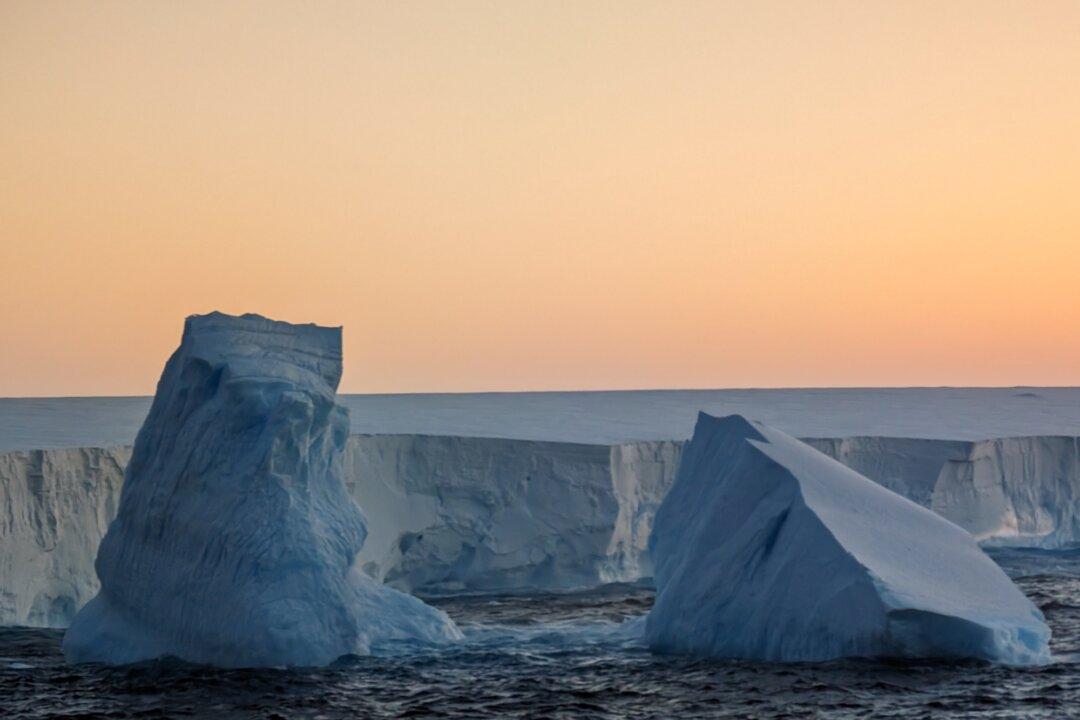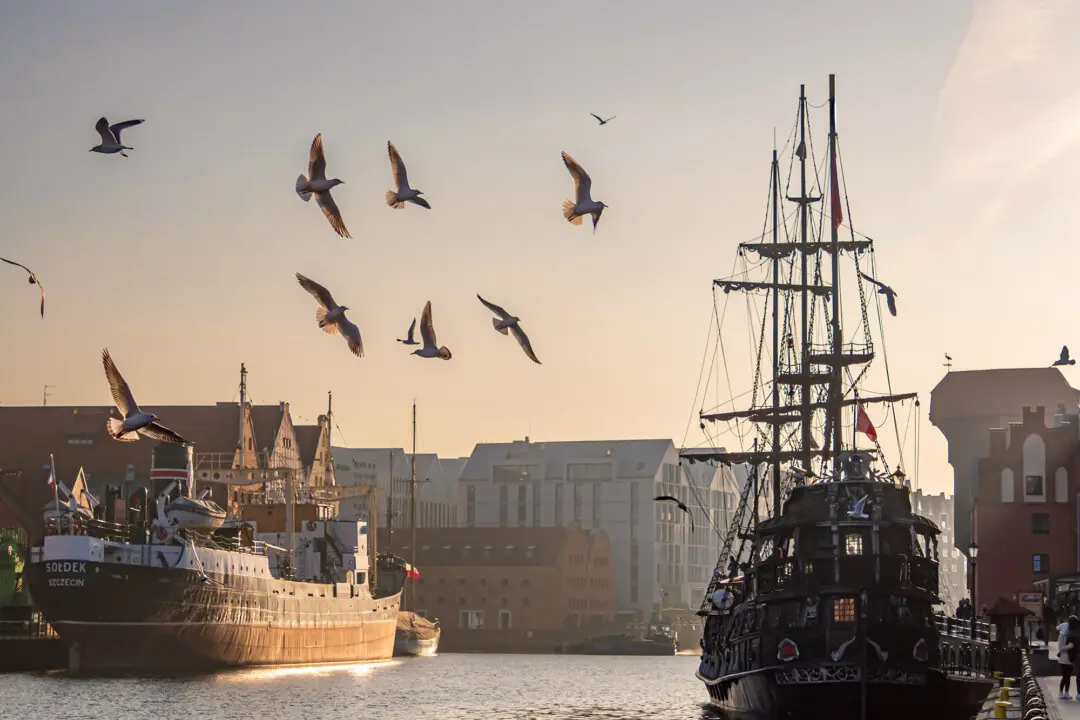It was, as they say, just the tip of the iceberg—although, in this case, that’s rather hard to picture. The day dawned with great anticipation on the ship. We had set sail from the southernmost reaches of Argentina, headed for Antarctica. The crossing on the Drake Passage, a body of water infamous for its turbulence, had been unusually calm, with our ship, the Sapphire Princess, running with the wind over a 9-foot swell.
But this morning, as we slowly made our progress through Antarctic waters, the weather turned on us, just a little bit. Lying snug in my bed, I could hear the polar wind whistling outside. I stayed like that, warm and sleepy, for a few extra minutes, before curiosity beckoned me to my balcony window. What wintry wonder would I see out there?





